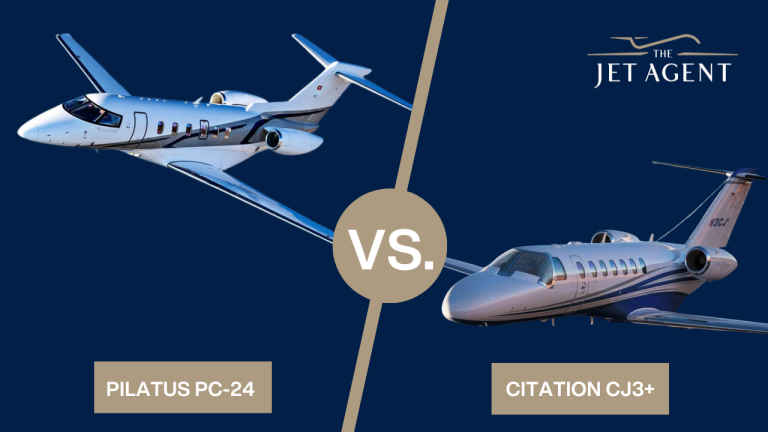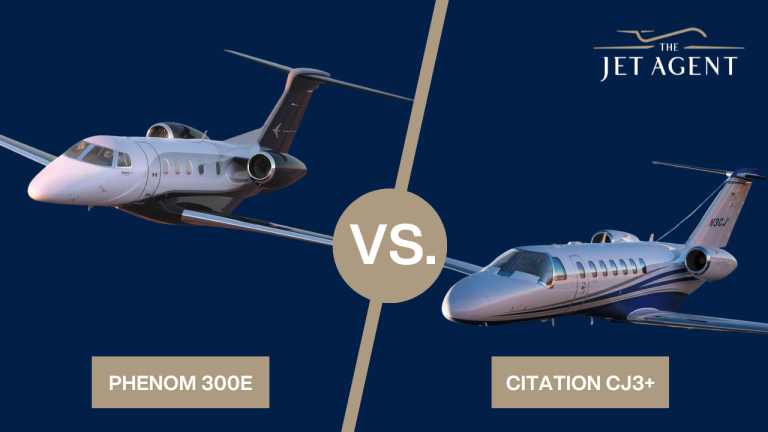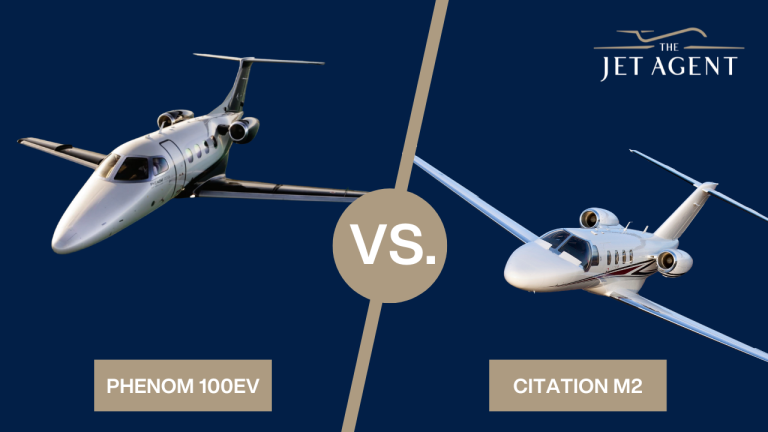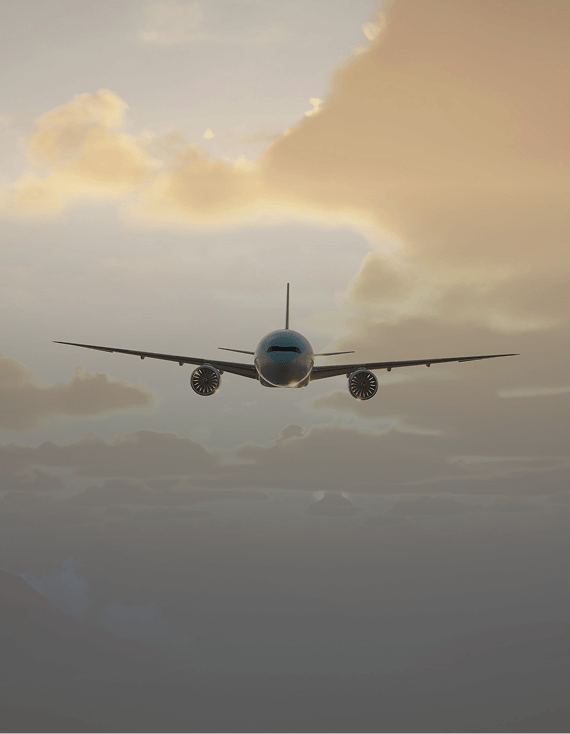Aircraft Comparison
Citation M2 vs. TBM 960 Comparison: Light Jet or Turboprop for Your Mission?
For pilots upgrading from piston twins or owner-flown turboprops, two high-performance options often rise to the top: the Cessna Citation M2 and the Daher TBM 960.
Both aircraft offer speed, comfort, and advanced avionics—but they reflect fundamentally different design philosophies. One is a pressurized single-engine turboprop known for efficiency and simplicity. The other is a twin-engine light jet with jet-level performance, comfort, and operational capability.
So which one is right for your mission? Here’s a direct Citation M2 vs. TBM 960 comparison to help you decide.
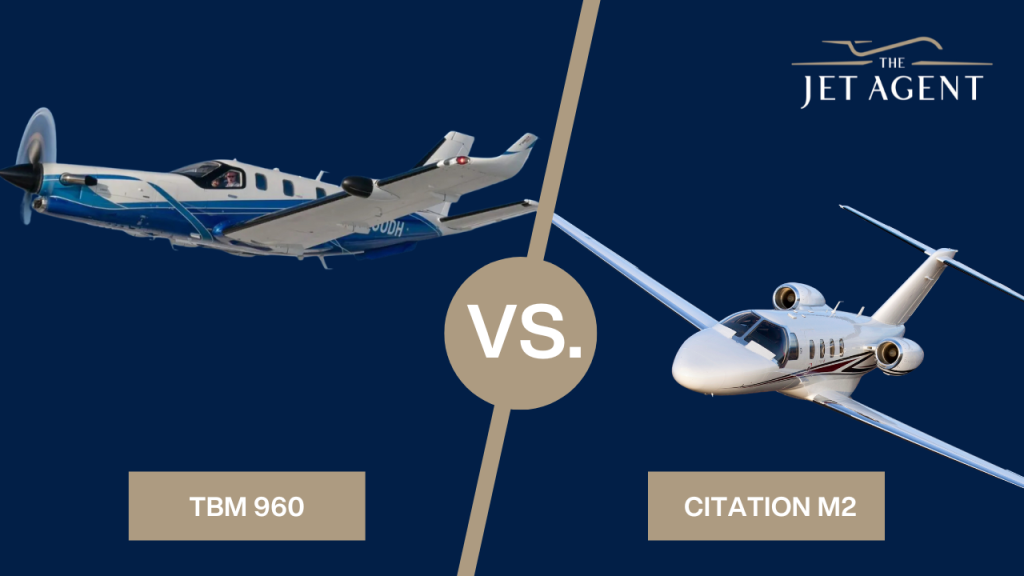
Avionics and Technology
M2: Equipped with the Garmin G3000 suite with touchscreen controllers, synthetic vision, and full integration with twin-engine jet systems.
TBM 960: Features Garmin G3000 with single-lever FADEC control and HomeSafe autoland system, a first in this class.
Advantage: Tie. Both offer excellent situational awareness and advanced automation. The TBM 960’s autoland may appeal to some owner-pilots; the Citation M2’s twin-engine redundancy may appeal to others.
Speed and Range
Cruise Speed:
Citation M2: 404 KTAS at FL400
TBM 960: 330 KTAS at FL280
Range (NBAA IFR):
Citation M2: ~1,550 NM
TBM 960: ~1,730 NM
Ceiling:
Citation M2: FL410
TBM 960: FL310
The Citation M2 is significantly faster and flies higher for smoother, weather-avoiding rides. The TBM 960 has longer range due to lower fuel burn and can use smaller airports at lower altitudes.
Advantage: Citation M2 for speed and altitude. TBM 960 for range and fuel efficiency.
Runway and Field Performance
Takeoff Distance (SL, ISA):
Citation M2: ~3,210 ft
TBM 960: ~2,535 ft
Landing Distance:
Citation M2: ~2,590 ft
TBM 960: ~2,430 ft
Runway Type:
Citation M2: Paved runways only
TBM 960: Certified for grass and unimproved strips
Advantage: TBM 960 for short-field and off-pavement flexibility.
Cabin and Passenger Comfort
Seating:
Citation M2: Typically 4 passengers + belted lav; up to 6 seats
TBM 960: 4–6 passenger layout in club configuration
Cabin Dimensions:
Citation M2: ~11′ x 4’9″ x 4’8″
TBM 960: ~13’3″ x 4’0″ x 4’0″
Cabin Pressurization:
Citation M2: Higher pressure differential (8.6 psi); better cabin altitude at cruise
TBM 960: Lower (6.2 psi); higher cabin altitude above FL280
The Citation M2 offers a quieter ride, more comfortable pressurization, and more cabin headroom.
The TBM 960’s cabin is narrower and more turbine-prop-like, but still refined and practical.
The Citation M2 can fly above most weather, while the TBM 960’s lower service ceiling increases the chance of encountering turbulence and weather reroutes.
Advantage: Citation M2 for cabin comfort and altitude.
Baggage Capacity and Useful Load
Baggage Capacity:
Citation M2: ~725 lbs (external + internal)
TBM 960: ~507 lbs
Useful Load:
Citation M2: ~3,800 lbs
TBM 960: ~1,400–1,500 lbs
The Citation M2 can carry more passengers and bags with fuel on board. The TBM 930’s useful load is limited when tanks are full.
Advantage: Citation M2 for useful load and real-world payload flexibility.
Operating Costs and Maintenance
Fuel Burn (avg cruise):
Citation M2: ~95–105 GPH (Jet-A)
TBM 960: ~60 GPH (Jet-A)
Direct Operating Cost (est.):
Citation M2: ~$1,100/hour
TBM 960: ~$700/hour
Maintenance Support:
Citation M2: Textron’s global Citation network
TBM 960: Factory-authorized service centers; fewer locations but strong owner support
The TBM offers lower direct costs and simpler single-engine maintenance. The Citation M2 has higher hourly cost but offers more performance and part availability.
Advantage: TBM 960 for cost; Citation M2 for infrastructure and support.
Certification and Insurance
Pilot Requirements:
Citation M2: Requires CE-525S type rating (single-pilot jet)
TBM 960: No type rating required; insurance underwriter approval may still require formal training
Insurance and Transition:
TBM has lower entry barriers, ideal for pilots transitioning from piston or light turbine aircraft
Citation M2 requires more initial training but is supported by CJ training ecosystems (FlightSafety, TRU, etc.)
Advantage: TBM 960 for ease of transition; Citation M2 for long-term jet experience and growth potential.
Resale and Market Behavior
Resale Demand:
Citation M2: Larger install base, stronger resale liquidity, especially in U.S. market
TBM 960: Strong resale value and niche appeal
Fleet Size:
Citation M2: Over 370+ delivered (as of 2024)
TBM 900 series: Over 1,100 delivered
Advantage: Citation M2 for faster resale and market comparables. TBM 960 retains value well but has a smaller buyer pool.
Citation M2 vs. TBM 960 Comparison
| Category | Winner |
|---|---|
Cruise Speed | Citation M2 |
Range | TBM 960 |
Short-Field Capability | TBM 960 |
Cabin Comfort | Citation M2 |
Pressurization | Citation M2 |
Useful Load | Citation M2 |
Operating Costs | TBM 960 |
Training Ease | TBM 960 |
Resale Liquidity | Citation M2 |
Bottom Line: Citation M2 vs. TBM 960
If you want a true jet experience with faster cruise speeds, superior pressurization, more payload, and access to the Citation service network, the Citation M2 is the clear choice. It’s ideal for those ready to step up to jet ownership or who prioritize performance and comfort over cost.
If you value simplicity, low operating costs, short runway access, and turboprop efficiency, the TBM 960 is an exceptionally refined aircraft with the flexibility to operate where most jets can’t.
Still deciding? Contact us today for a personalized mission profile comparison and current availability of both aircraft.

ABOUT THE AUTHOR
Denise Wilson, CAM, is the founder and President of The Jet Agent. Wilson has more than 25 years of experience in all facets of the aviation industry. This includes 20+ years of flying Citations and other jets in both business aviation and commercial operations, and 18 years assisting clients in the acquisition and sales of jet aircraft.
She previously served as founder & CEO of Desert Jet, collectively consisting of an aircraft acquisitions and sales division, a jet charter and management company, a jet maintenance business, and a popular FBO featuring a newly built private terminal, Desert Jet Center. Under her leadership, the company grew exponentially, ranking on the Inc. 500 list of the nation’s fastest growing, privately-owned companies five consecutive years.
As a jet aircraft broker and acquisition consultant, Wilson provides concierge-level acquisition representation, aircraft sales, and coaching to clients. She authored the Amazon #1 Bestseller “The Insider’s Guide to Buying and Selling Jets.”
ABOUT THE JET AGENT
The Jet Agent helps clients navigate the complex world of jet acquisitions and sales with confidence. The Jet Agent is in the top 5% of aircraft brokers worldwide by transaction volume and ranks as the #1 seller of Citation M2s and CJ3s. Headquartered in Scottsdale, Arizona, with offices in Denver, Dallas and Sacramento, The Jet Agent is dedicated to elevating the aircraft brokerage experience with expert guidance and concierge-level service.
